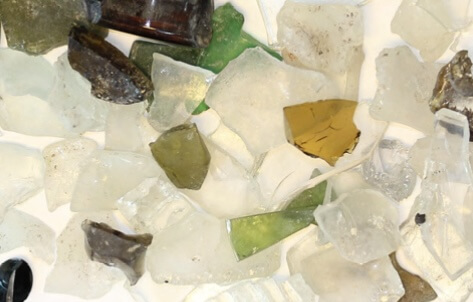
How to Cite
Share
Abstract
The UN Sustainable Development Goal 12, regarding responsible production and consumption of raw materials, guides ongoing international efforts to enhance sustainability in all parts of the mineral sector. Of particular interest, is improving the recyclability of secondary waste streams and thereby increasing the efficiency of recycling end-of-life products. Municipal solid waste – residual waste from household and industry – constitutes one of these secondary streams. It is typically incinerated in waste-to-energy plants producing two types of waste streams that carry a raw material resource potential: incinerator bottom ash (IBA) and incinerator fly ash (IFA). IBA is of particular interest in the recycling industry, where it is commonly recycled to produce three main fractions: (i) ferrous material, (ii) non-ferrous material, and (iii) residual slag. In most cases the two metal fractions are separated further downstream in the value chain, prior to smelting. The residual, non-magnetic fraction (typically 0–45 mm) is used mainly as construction aggregate. Improvements in the efficiency of existing separation technologies are still being made, but less effort is focussed on characterising the fundamental composition and mineral resource potential of IBA. For this reason, the Urban-X project was launched by the Geological Survey of Denmark and Greenland (GEUS) to characterise the composition and resource potential of various waste streams at Amager Bakke waste-to-energy plant in Copenhagen, Denmark. This paper discusses some of the main outcomes of the Urban-X project with respect to IBA, and a full analysis of all waste streams analysed at Amager Bakke is available in Clausen et al. 2019.










